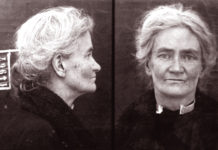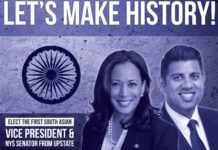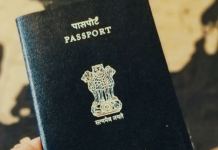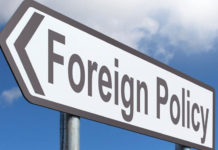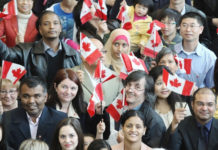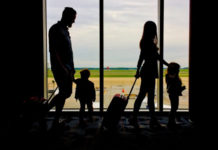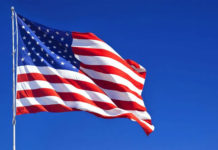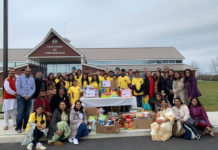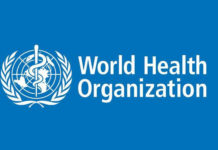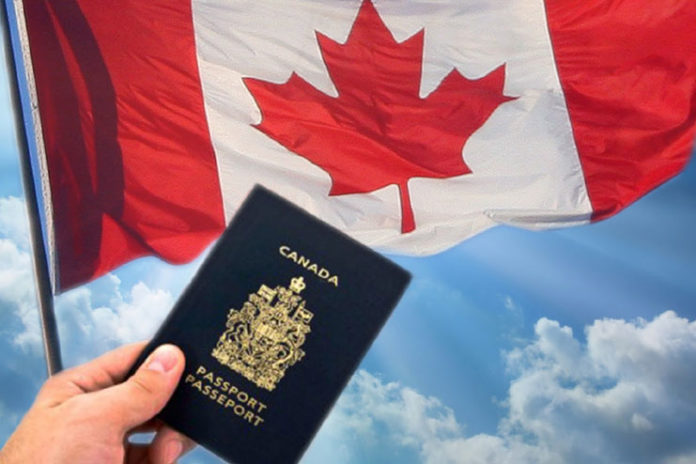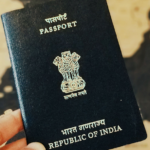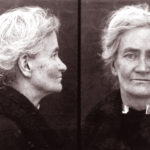More than 300,000 new permanent residents will be welcomed to Canada in one year, according to the Liberal government’s 2016 immigration targets tabled on 1 November. The Immigration and Citizenship multiplication of a Canadian supervision has on Monday announced that the target for new newcomer intake for the year 2017 is 300,000.
“The 2017 levels devise will put Canada in a clever position for a destiny and support a altogether mercantile and amicable expansion as a country,” the minister who tabled the immigration offer in the Parliament, said.
A heading immigration counsel Ravi Jain, of Toronto-based Green and Spiegel LLP said that, “This new aim will advantage Indians as there will be some-more room to move in Indian immigrants by both a family category and a mercantile stream. we have already seen a diminution in estimate time for my Indian clients who are sponsoring spouses and we design that parental sponsorship will be processed faster as well.”
“It [annual report to Parliament on immigration] outlines a significant shift in immigration policy toward reuniting more families, building our economy and upholding Canada’s humanitarian tradition to resettle refugees and to offer protection to those in need,” Mr. Immigration Minister John McCallum said.
“There’s still a lot of other questions about whether we’re in a position to take full advantage of the enthusiasm of Canadians to respond to refugees,” said Janet Dench, executive director of the Canadian Council for Refugees (CCR). “We’re talking about … caps and sub-caps, which means there’s a limit overall on the numbers of refugees that sponsorship agreement holders can put in.”
“How do you increase the number of applications from 5,000 to 10,000 and still keep it at the same number of people that the Conservatives have admitted to their program? It doesn’t even make sense,” NDP immigration critic Jenny Kwan said.
“I don’t understand the cut in the [economic] immigration streams, given the fact that the Canadian economy is slowing, our workforce is aging. And I also think that the government has to explain how they are going to provide programs and services and pay for them to refugees that they’re trying to attract through this increase on the program,” said Conservative immigration critic Michelle Rempel.
“It means that arguably they [our members] will have a tougher time filling some of the really difficult roles that they are looking abroad to fill,” said Sarah Anson-Cartwright, director of skills and immigration policy.
By Premji


